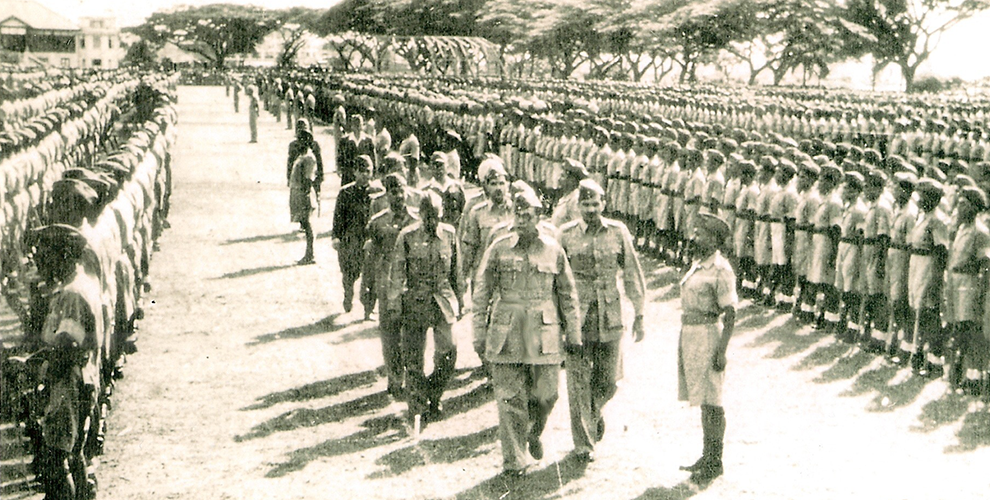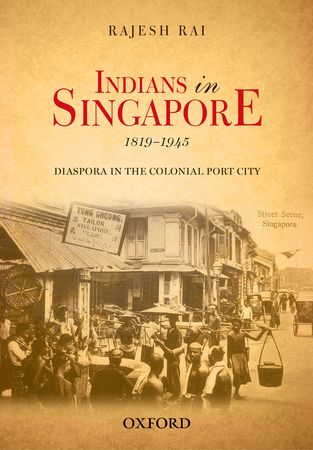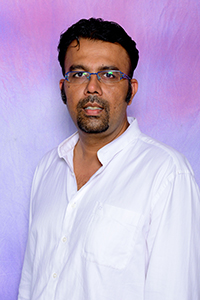Holding the Pravasi Bharatiya Divas (PBD) 2018 in Singapore is quite significant for the Indian diaspora to recognise its contribution to the mother nation and to the lands from which an army was created to fight for Indian Independence, feels Rajesh Rai, Associate Professor at National University of Singapore.
The erudite professor has edited the voluminous ‘The Encyclopaedia of Indian diaspora’ and also wrote ‘Indians in Singapore’, giving comprehensive insight into the various dimensions of the diaspora across the world, particularly of South East Asia.
Delving into the history of Indian diaspora of the ASEAN region, the assistant professor said, “We were the lands from which an army was created to fight for Indian Independence and it was not created in the homeland. It was created out of soldiers of people who were displaced who remembered India with nostalgia and who were willing to shed blood for the country.”
He added that the organisation of the PBD in the ASEAN region and putting that in ASEAN perspective unites those memories.
“The entire PBD initiative is a very positive one from India and indeed from the ASEAN perspective, it is especially important,” he said.
Holding the PBD in an ASEAN member state also reminds India and indeed the Indian diaspora worldwide about how ASEAN has been central to their story.
The Indian diaspora in ASEAN has a significant split distribution, comprising largely what is called the old diaspora – people who moved during the colonial period and who settled mainly in Singapore, Malay and Burma (Myanmar) regions.
Besides this, there are significant new communities; people who have moved effectively in the last 25 years or so – since India’s economic liberalisation – to various parts of the world including Singapore.
The academic also added that this PBD event is important because the nature of the Indian diaspora is very complex, which is manifested in a place like Singapore, with approximately 650,000 people of Indian-origin. Again, this Indian diaspora is evenly split between those who arrived here many generations ago and those who have arrived very recently – the old and the new Indian diaspora.
Old and new Indian diaspora
The first group is the old diaspora who live mainly in the old British colonies – Mauritius, Fiji and Trinidad and Tobago. The second group or the new diaspora comprises of Indian people living in the UK or US, who migrated to these countries post World War II.
Stating a prediction about the Indian diaspora in the near future, Rajesh Rai said, “What happens when two diasporas whose connections to India are at different levels come together in the same space? Today, this is happening in Singapore. The same story will be manifested perhaps in other forms in London, New York. It is already happening in Toronto; in big cities worldwide you are going to get multi-layered diaspora which is right now manifest in Singapore. Thus, we can understand the situation here. It is going to be useful in analysing diaspora relations in all other locations as well.”
He said, “We are in a very sweet location because of that. Sometimes, perhaps difficult, sometimes perhaps tension, sometimes because of new connections which are being forged. I think that we can get time to analyse and that is going to be fruitful in a way to solve many urban conundrums across the world."





